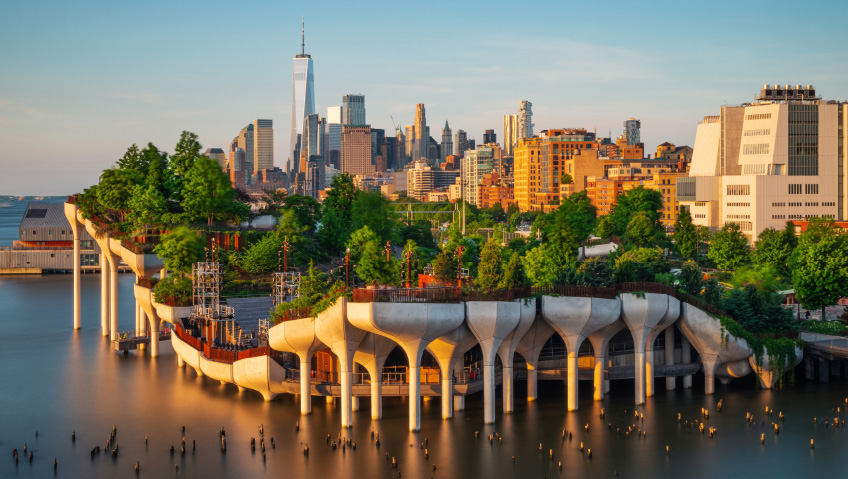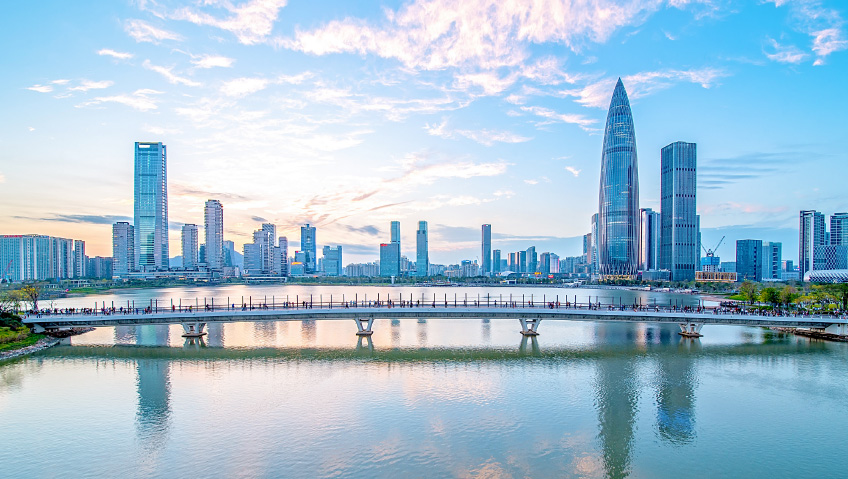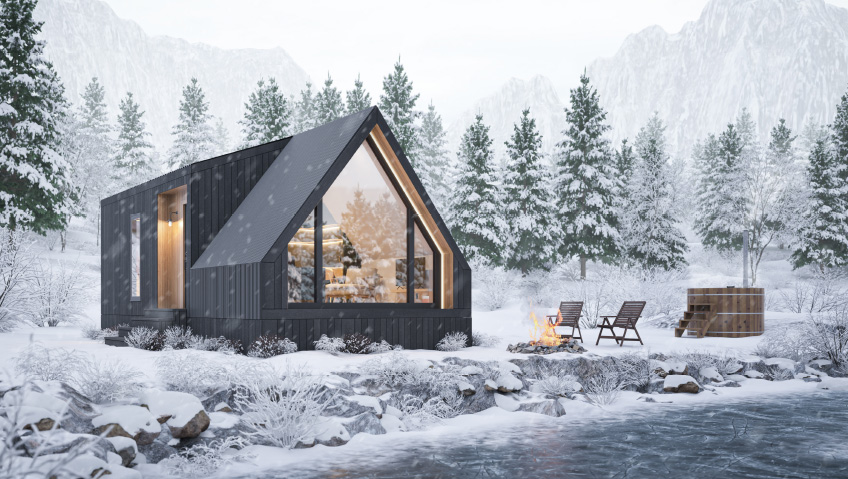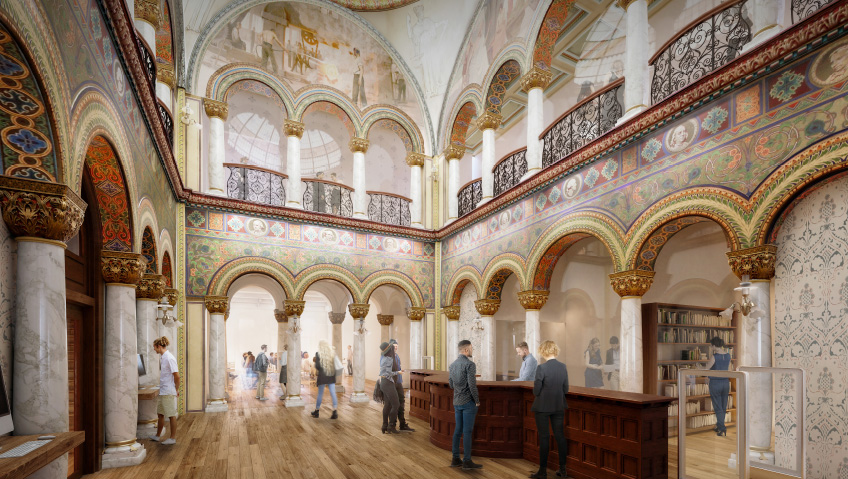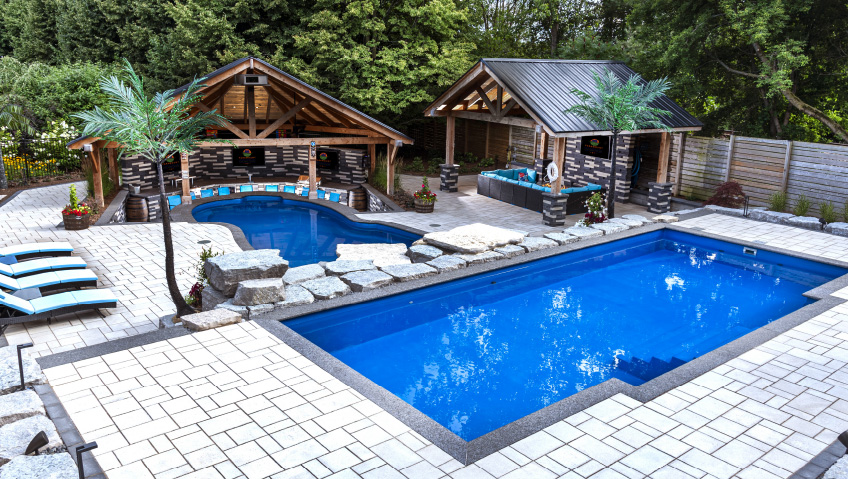From the Epic of Gilgamesh’s Garden of the Gods in ancient Sumer to the sacred palms and blue lotuses of Egypt, and every prehistoric garden in between, constructing lush gardens has historically been associated with paradise, immortality, power, and wealth. The ancient Persians taught us the value of building gardens incorporating water to help cool harsh desert environments, and how we incorporate these elements into the construction of modern cities could improve human safety, quality of life, and even our personal wellbeing.
As climate change, motor vehicle traffic, and the liberal use of concrete in modern urban cityscapes drive up temperatures and carbon emissions to new heights, city planners are increasingly tasked with finding ways of incorporating better-designed green spaces while navigating growing urban density.
All green spaces are not gardens, and all gardens are not created equally. There are various formats that urban gardens can take to suit their environments and available resources. Looking at the function and efficiency of botanical gardens in such settings, one learns that these complex biospheres have far more to offer than simply fresh air, aesthetic appeal, and general respite from man-made materials.
It has become understood in recent years that greener cities are happier cities. Studies have also shown that well-designed, naturally cooler cities use less energy due to smarter urban planning. As Princeton University points out in an article on urban sustainability, cities are responsible for well over 60 percent of carbon emissions and use up to 80 percent of the current global energy demand—all while collectively occupying only about three percent of Earth’s surface.
A University of Surrey study examined engineered urban heat mitigation solutions employing natural elements like plants and water together with man-made structures, referring to the approach as ‘green-blue-grey infrastructure (GBGI).’ Amongst the many methods in this spectrum, these researchers identified botanical gardens as potentially being the most effective in cooling high-density urban areas. This is achieved by combining several inherent functions, including thermal insulation, transpiration and evaporation, and shade.
They also create opportunities for cultivating increased biodiversity across cityscapes. Following botanical gardens, which contribute temperature reductions of between 3.5 and 5°C, the paper also lists wetlands as providing 3.2 to 4.9°C reductions; green walls, or engineered greening, as providing reductions of around 4°C; and street trees making a difference of between 3 and nearly 4°C in greened areas.
A recent paper on China’s Shanghai Botanical Garden highlights the importance of such gardens as repositories of precious, rare, and threatened Indigenous flora where plants are protected and preserved for posterity in what is referred to as ex-situ conservation. There are also aspects of science education and research opportunities as well as horticultural functions that such gardens embody as public assets. According to this study, the ubiquity of urban botanical gardens indicates that city planners understand the value of these precious outdoor resources, with many aiming to popularize their use in the world’s cities even further.
As the paper also points out, the sustainability of such gardens, in part, depends on community involvement. Within this context, it is good to know that, beyond creating cooler outer living conditions in the concrete jungles of the planet, shady gardens are proven to provide humans with significant improvements in their well-being. Developing, maintaining, and nurturing botanical gardens in urban landscapes also means developing, maintaining, and nurturing the well-being of those attending to such tasks and those who enjoy their results, ultimately making these conscious acts of biophilia acts of symbiosis. In a tech-driven world where re-humanizing and re-enchanting the human experience is becoming imperative to our survival as a species, rewilding is a golden key—one that may well be found in the sanctuary of botanical gardens.
To this writer, the best news is that governments are open to the potent possibilities that botanical gardens hold for urban communities, especially when locals become physically involved in their creation and sustenance. To this end, in Canada, a 34-acre site is awaiting development in Ottawa. As the only city part of the G20 without a botanical garden, Canadensis, The Garden of Canada aims to give citizens access to a national garden of their own where science and education go hand in hand with enjoyment and beauty.
In the United States, according to the Convention on Biological Diversity, there are just under 300 botanical gardens across the country. Since 2020, the United States Botanic Garden (USBG) in collaboration with the American Public Gardens Association awarded over $445,000 to scores of gardens around the country as part of its Urban Agriculture Resilience Program, a response to its mandate set out two centuries ago. As part of this mandate, USBG seeks to help Americans develop health and well-being, connect as communities, and educate through science and agriculture within city environments. To date, its website states it has delivered “690,000 pounds of produce, distributed more than 260,000 seedlings, and provided more than 46,000 hours of urban agriculture training to students, interns, and trainees.”
As humans increasingly awake to the reality that we are a part of—rather than apart from—nature, and scientists and planners seek ever more intelligent urban design, the words of the wisest sage I ever crossed paths with ring increasingly clear: may simpler living and higher thinking become the global maxim that guides society out of the woods of chaos we have constructed and into the promised land of genuinely civilized modernity. With a pinch of luck and much intelligence, establishing more botanical gardens across the globe may well become a metaphor for hope in achieving such a goal. Who knows—in the process, we may discover why the ancients ascribed the attributes of immortality, power, and wealth to similar little Edens.

